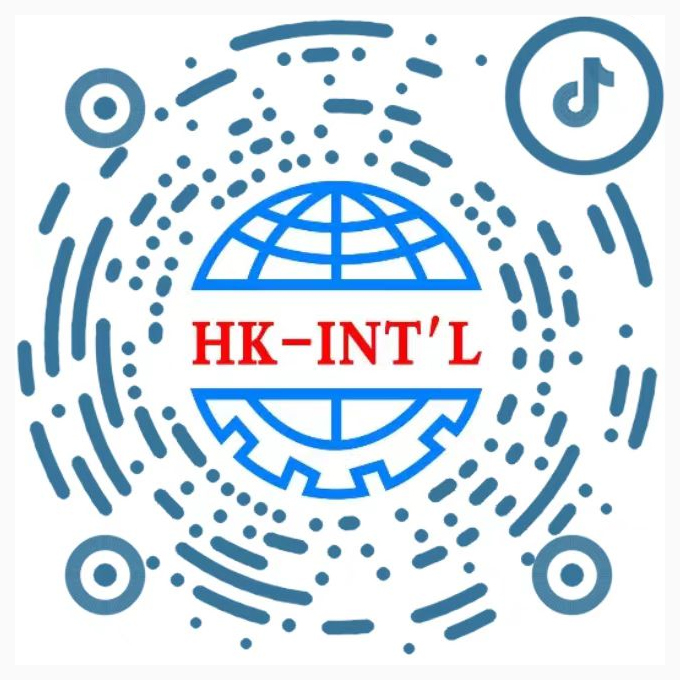This year, electronic bills of lading have been frequently mentioned, and major shipping companies have been testing their own electronic bills of lading. Recently, the Federation of International Freight Forwarders Associations (FIATA) announced that its electronic bill of lading has also been implemented and can be officially used by member units. Thus, internationally, FIATA, MAERSK, MSC, and others have all launched their own bills of lading; In China, represented by COSCO Shipping, GSBN and Land Sea New Channel Operation Co., Ltd. have also launched their own electronic bills of lading, and China Railway Group claims to be working with international railway organizations to promote the implementation of electronic bills of lading.
Compared with paper bills of lading, electronic bills of lading have considerable advantages, but there are also some implementation difficulties. This article will provide a brief analysis and ideas on the circulation of electronic bills of lading.
As is well known, paper bills of lading have transferable properties, while anonymous bills of lading can be freely transferred (i.e. transferred by delivery), while named bills of lading require endorsement to be transferred. Regardless of the two transfer methods, their essence is that the owner of the goods on the bill of lading has been transferred. And once the owner of the goods holds an electronic bill of lading and needs to transfer it to someone else, the transfer method will be completely different from that of a paper bill of lading.
Electronic bills of lading can be roughly divided into three types based on their system implementation: one is electronic bill of lading transfer through electronic signature, one is electronic bill of lading transfer through named modification, and the other is digital currency transfer. These three methods have a strong correlation with their system implementation.
Firstly, the electronic signature method for transferring electronic bills of lading is applicable to electronic bills of lading in the form of electronic documents. This transfer method requires the use of electronic signature technology, which is difficult to promote due to the varying levels of recognition of electronic signature technology among countries.
Secondly, the transfer of electronic bills of lading using named modification method is applicable to electronic bills of lading issued by closed independent systems. The data stub of the electronic bill of lading is based on the system that issued the electronic bill of lading. When transferring electronic bills of lading, identity authentication and holder correction need to be carried out in the issuing system. The disadvantage of this approach is that it has a strong dependency and overly relies on the issuing system, making it difficult to protect the identity information of the holder.
The third method is digital currency transfer, which is suitable for electronic bills of lading that use the form of independent circulation of bill of lading numbers. That is to say, the bill of lading number is extracted separately to generate electronic information similar to digital currency. The bill of lading number is transferred in the form of digital currency through a digital document package similar to a digital wallet, and the holder of the bill of lading is the holder of the bill of lading. This method of circulation is relatively free and can fully protect the information of the bill of lading holder.


